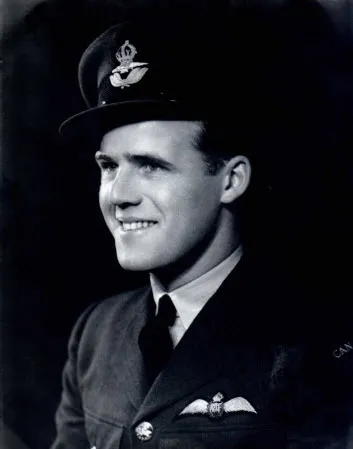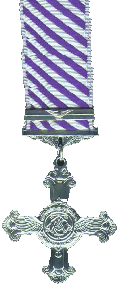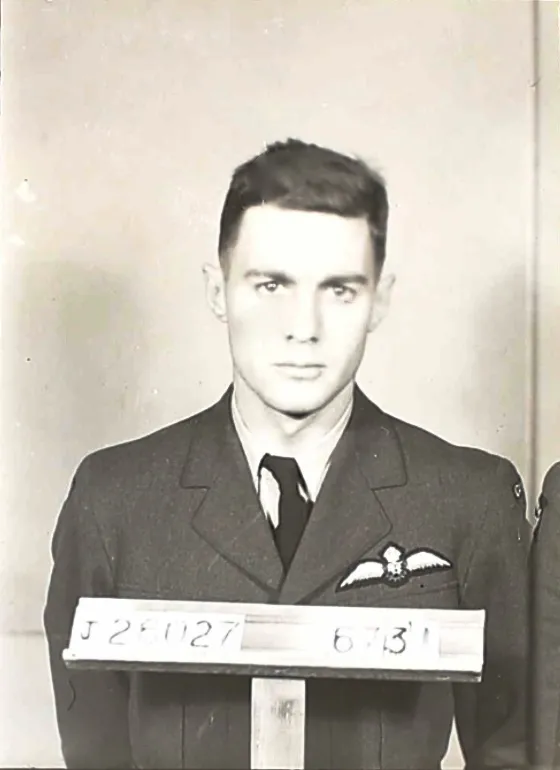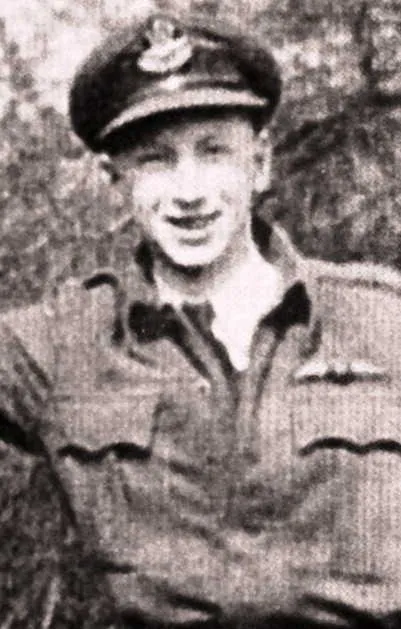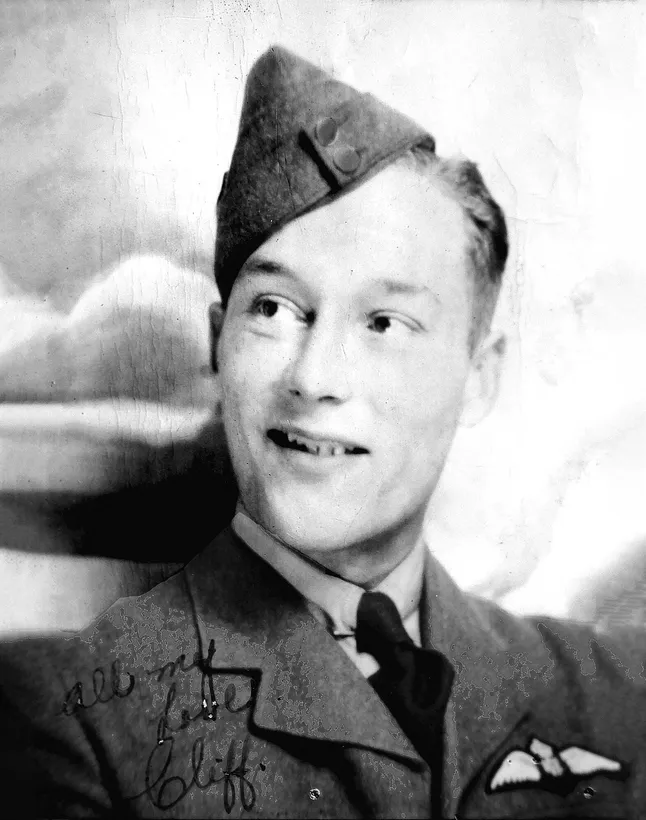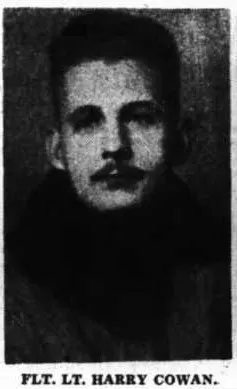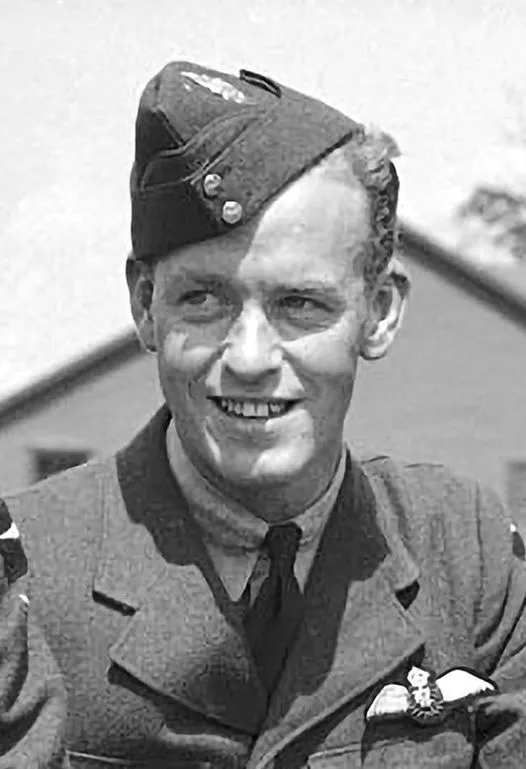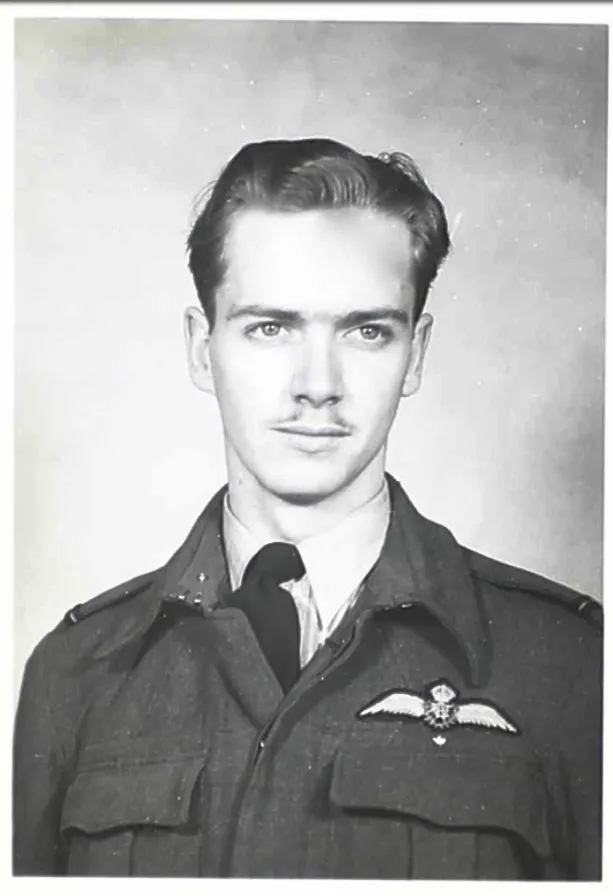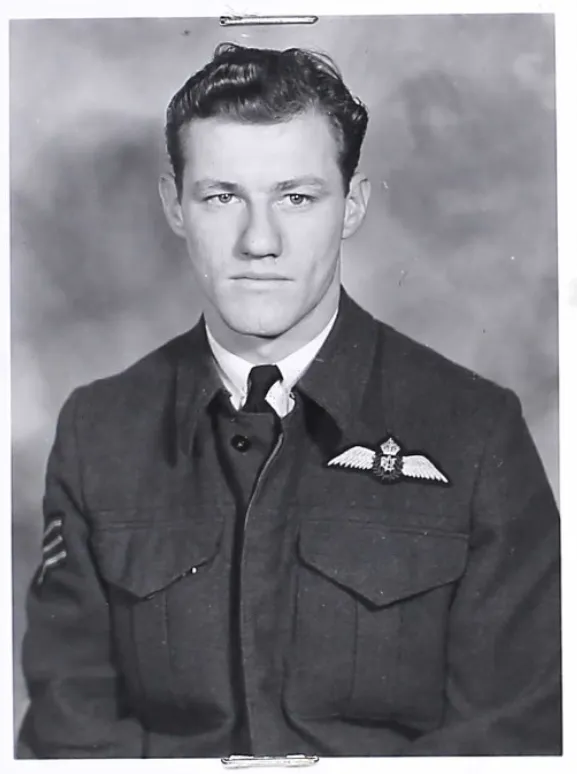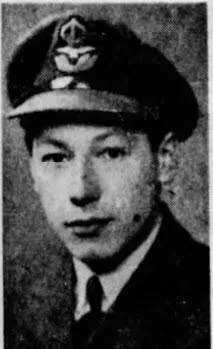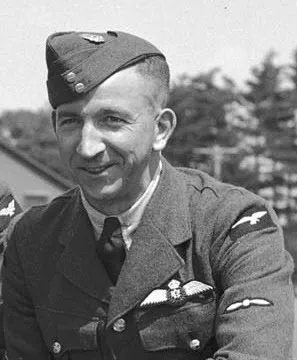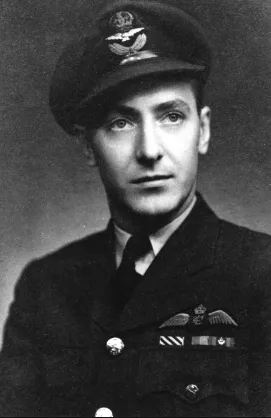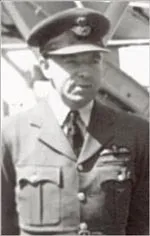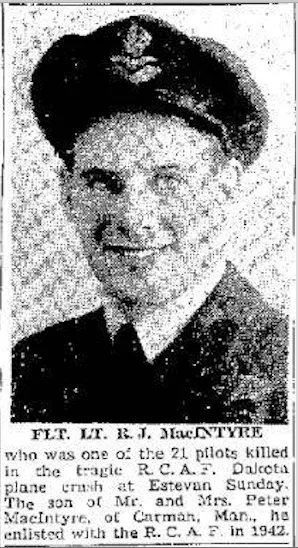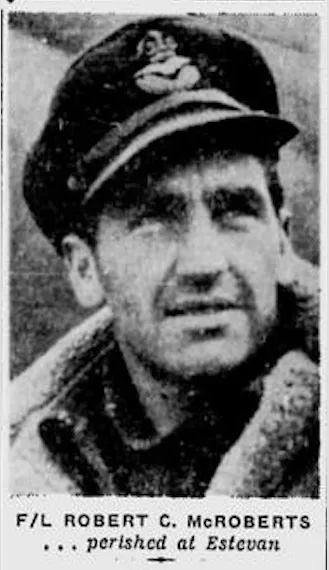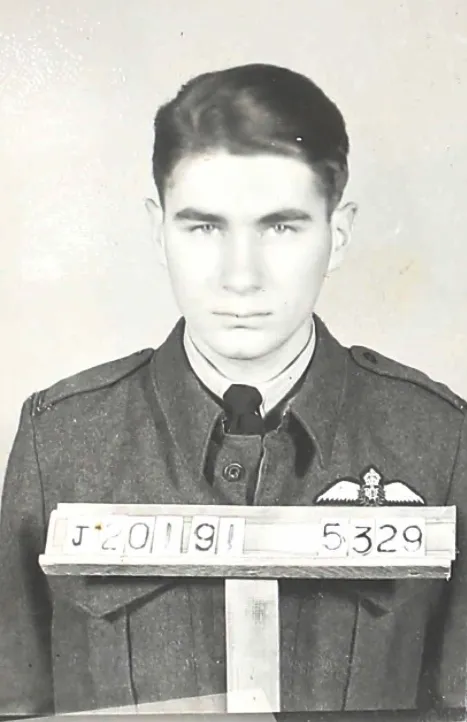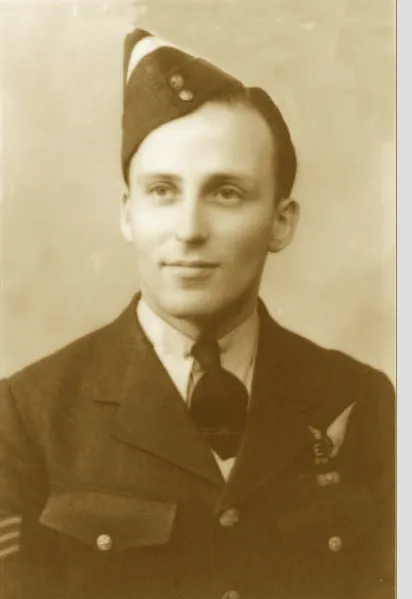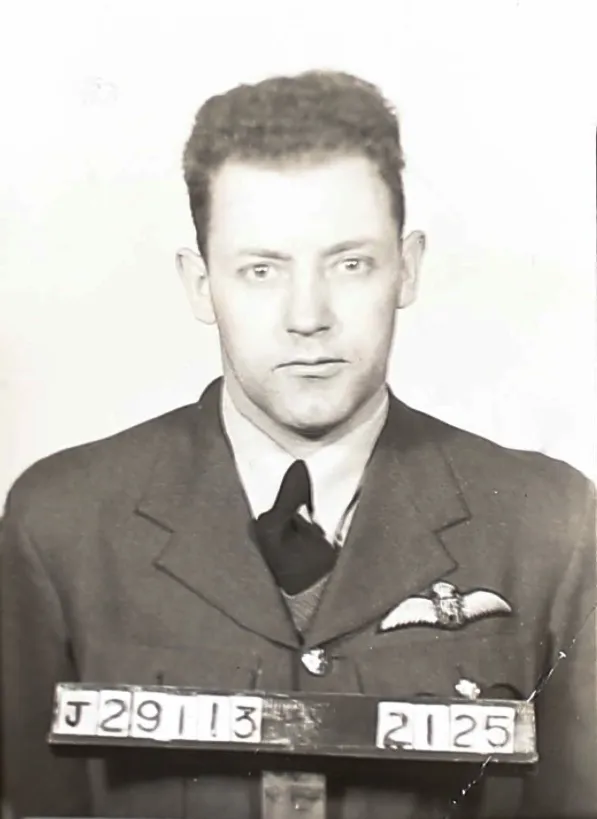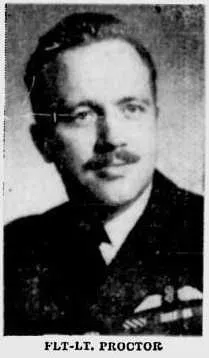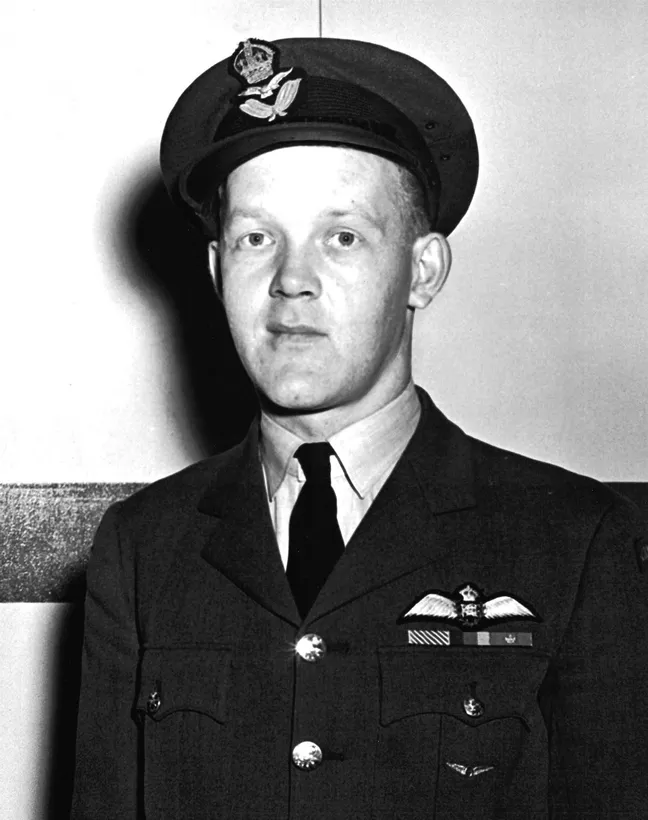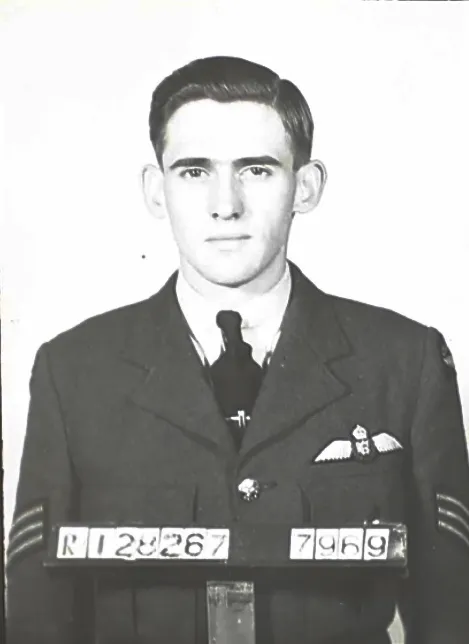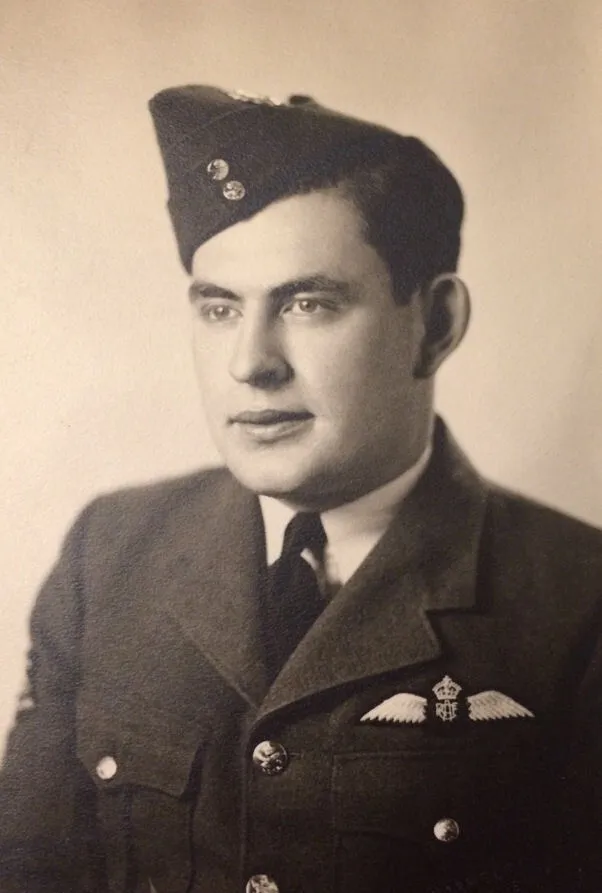Weicker, William Jacob Louis (Flight Lieutenant)
Killed in Flying Accident 1946-September-15
Service
RCAF
Unit
124 (Ferry) Sqn- Squadron
Base
Rank
Flight Lieutenant
Position
Pilot
Service Numbers
J/15301
Crew or Other Personnel
Dakota 962
Mission
Dakota Mk. III 962
Ferry Flight 1946-September-15 to 1946-September-15
124 (Ferry) FU (RCAF) Minot, North Dakota
Dakota aircraft 962 took off at Minot, North Dakota at 0930 hours CST 15 September 1946 and proceeded to Estevan, Saskatchewan, arriving at approximately 1015 hours CST. The aircraft was without fore and aft control aside from the slight amount available from the use of the trim tab.
The pilot of 962 decided to attempt a landing at Estevan at 1015 hours and carried out a normal or possibly a bit wider than normal circuit with the wheels down at approximately half flap until the aircraft was at the down-wind end of the runway at an approximate altitude of 75 feet. The aircraft then levelled out and commenced to climb. After climbing approximately 100 feet, the aircraft levelled out momentarily and then commenced to climb again with the wheels retracting. The second climb was very steep and was maintained until the aircraft stalled, dropped the port wing, and dove vertically into the ground and exploded on impact.
It appears that the pilot filed his flight plan by radio AFTER taking off from Minot (most unusual) and that there was no further radio communication from Dakota 962. It was speculated that the pilot knew the condition of his elevator almost immediately after take off but maintained control through use of trim tabs and elected to continue to Estevan, to effect a landing with a slightly reduced fuel load.
The unit is No. 124 (Fy ) Squadron as opposed to Communications as indicated in a number of sources
The pilots had already ferried the Cornells to Estevan and were heading back to R.C.A.F. Station Rockcliffe when the Dakota Mk. IIIN accident occurred.
At the time of the unfortunate flying accident, No. 124 (Fy) Squadron, under the command of Squadron Leader E. A. Bland AFC, was part of the Royal Canadian Air Force's No. 9 (T) Group.
Twenty RCAF pilots and one ground crew man were killed
Dakota serial: 962
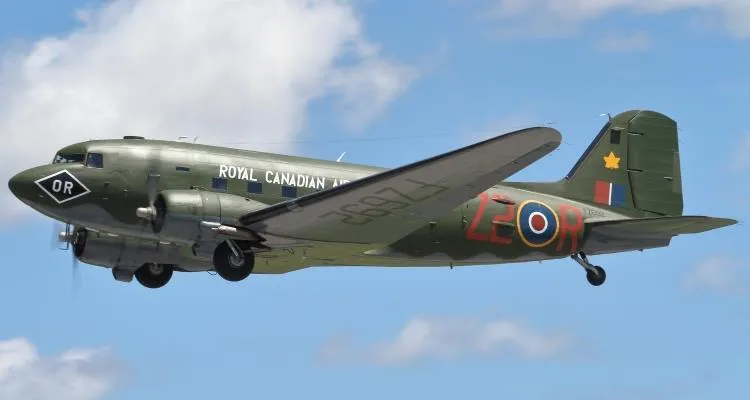
Canadian Warplane Heritage Museum
Development of the Douglas DC-3 started in early 1935 with the prototype flying by the end of the year. The first production aircraft was delivered to American Airlines in July 1936 and soon orders were pouring in from US and overseas airlines. The US Air Corps became interested in the DC-3 and ordered a military version, called the C-47 or Dakota. It had many capabilities, including dropping paratroops and supplies, evacuating the wounded, troop transportation and glider towing. Eventually, about 10,000 C-47s were built for the US military.
During WW II, the Royal Air Force received about 1,930 Dakotas and they became the RAF's main wartime transport aircraft. The RCAF took delivery of its first Dakota in March 1943, and at its peak had 169 on strength. Within Canada, they were operated by four transport squadrons and several ferry squadrons.
Overseas, Dakotas equipped RCAF 437 Squadron in Europe and RCAF 435 and 436 Squadrons in South East Asia. 437 Squadron was formed in England September 1944, where it supported the British and Canadian Armies fighting in Europe. Its most important actions involved glider towing for the airborne landings at Arnhem and the Rhine crossing at Wesel.435 and 436 Squadrons were formed in India in October 1944. They flew Dakotas in support of the British 14th Army in Burma where they dropped supplies to the British troops fighting the Japanese in the jungle.
At the end of WW II, all three squadrons were transferred back to England to provide air transport for the Canadian occupation forces in Germany. Dakotas continued in service with the Canadian Armed Forces until 1989, when 402 Squadron, based in Winnipeg, retired the last of them. Of the nearly 13,000 DC-3s built, many are still in service today, over 75 years after the aircraft's first flight.
The Museum's Dakota was built for the USAAF and was delivered to the Royal Air Force in February 1944 as FZ692 and the Royal Canadian Air Force 437 Squadron in September 1944. It was later renumbered as 12945 as part of the Canadian Armed Forces where it served with 424 Squadron for Search & Rescue at CFB Trenton. It performed JATO ignition in flight at the 1970 Canadian National Exhibition Air Show on the Toronto waterfront.
After it was struck off strength by the Canadian Armed Forces in 1973, the aircraft ended up with Environment Canada, where it was used for mineral and environmental surveys. C-GRSB was donated to the Canadian Warplane Heritage Museum in May 2014.
FZ692 has been restored to the paint scheme it would have worn at the end of World War II with 437 Squadron RCAF. FZ692 flew 208 operational trips with 437 Squadron and 16 with 233 Squadron for a total of 224. It ended up flying hundreds of individual legs between airfields in Europe. FZ692 participated in two major airborne operations, Normandy and the Rhine Crossing. It carried 298 casualties to medical aid and repatriated 456 prisoners of war. It carried over 5,100 passengers to destinations around Europe and carried over two hundred tons of freight (414,368 lbs). CWHM
